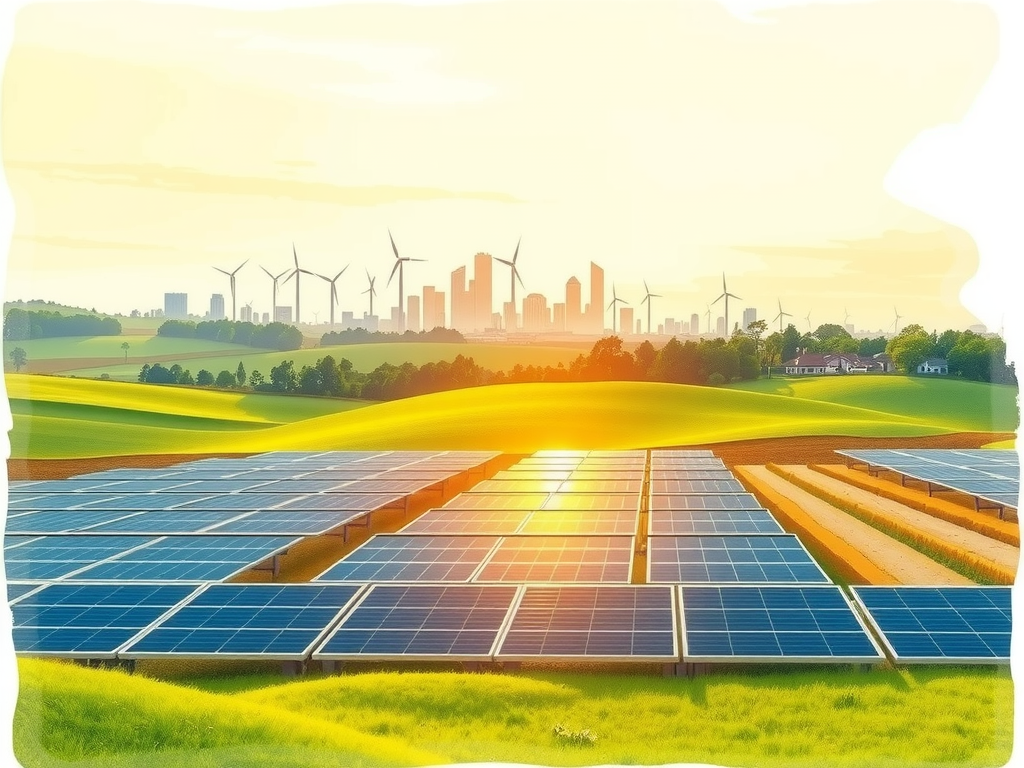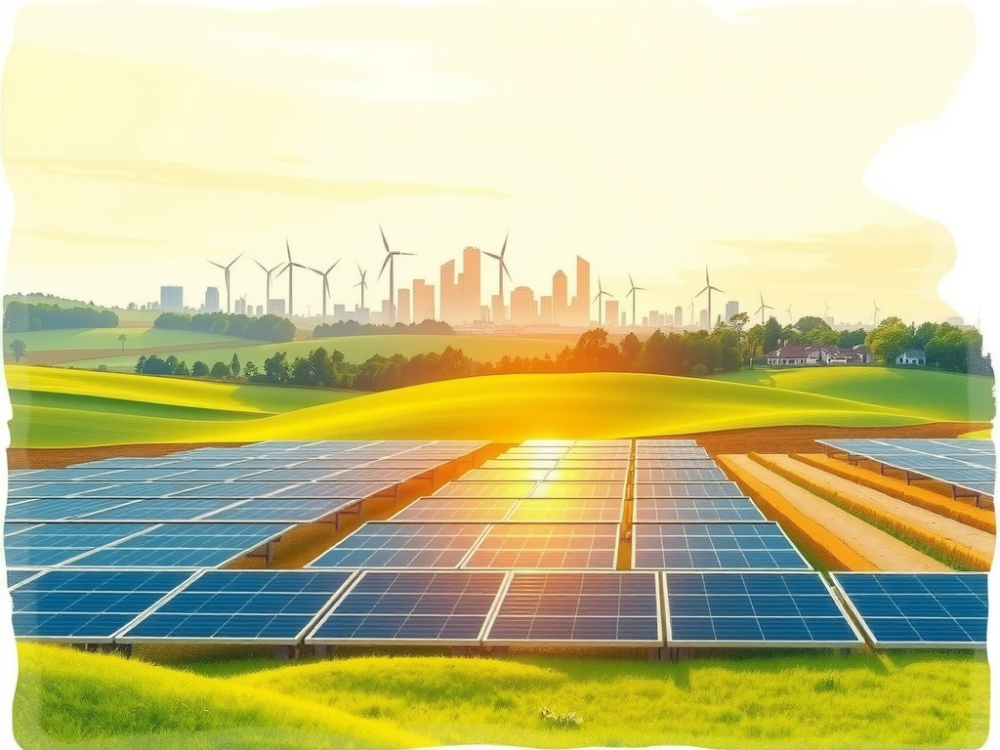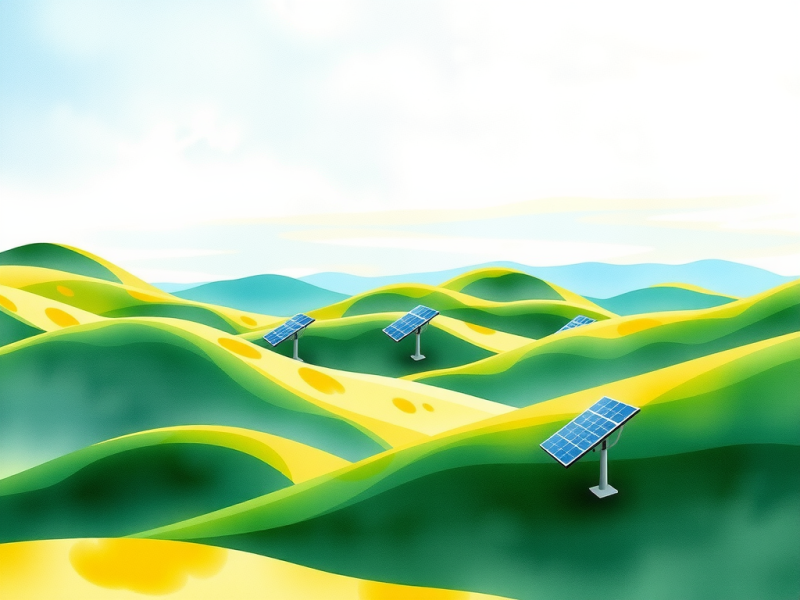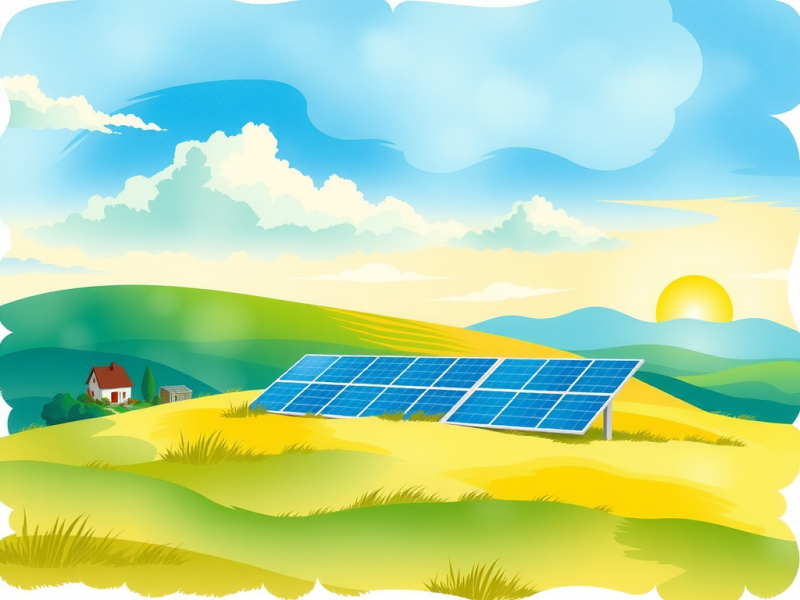
Solar energy cost analysis looks at expenses and savings related to solar power systems. This includes hardware costs like solar panels, inverters, and installation expenses.
A thorough analysis also considers ongoing maintenance and financial incentives.
Homeowners can find that understanding tax credits and rebates significantly benefits them.
Long-term savings often offset the upfront investment required for solar solutions. Informed choices lead to better financial results and help promote sustainability.
Statistics show that typical commercial solar installation costs average $44–$46 per watt as of Q1
Click here to learn more about: how to make homemade soap at home
Photovoltaic Systems Costs
Every photovoltaic system has key cost components that affect total investment. Installation expenses generally include hardware, labor, and permits.
These initial investments can initially appear high.
They significantly impact long-term savings.
Solar energy users should evaluate local regulations and market dynamics because cost variability is common across different regions.
Comparing quotes from multiple installers can yield substantial savings.
When choosing solar panels, buyers should consider efficiency ratings of different panel types.
This consideration can lead to enhanced performance and lower energy bills. An informed approach to selecting systems can ensure cost-effectiveness and improved energy independence.
Overall analysis reveals that evaluating solar energy costs is essential for determining the financial feasibility of photovoltaic systems.
By understanding installation expenses, ongoing costs, and available incentives, homeowners and businesses can make smarter energy investments.

What Are Installation Expenses
Installation expenses are key when evaluating solar energy solutions. Installation expenses encompass all costs for setting up solar systems, including hardware and labor.
Hardware costs involve solar panels, inverters, and mounting equipment.
Soft costs include permits and labor fees.
Location greatly impacts installation fees due to different local regulations and market conditions. Complexity of a solar system affects labor and material costs; intricate setups require more resources.
Potential hidden costs such as inspection fees can arise, prompting a need to budget for these extras. Researching reputable installers can help ensure fair pricing.
Always seek multiple quotes to prevent unexpected costs and secure the best deal.
Evaluating Energy Savings Potential
Calculating energy savings potential requires a focus on system efficiency and maintenance costs.
Maintenance costs can affect long-term savings and should not be overlooked.
Energy-efficient systems lead to decreased energy bills while maximizing overall savings. Methods for calculating savings include examining return on investment (ROI) and payback period.
For instance, businesses typically report paybacks ranging from 3 to 8 years after installing solar systems. Studies indicate installations can yield ROI surpassing 100% over a 20-year lifespan.
Analyzing these factors aids homeowners in determining solar’s financial viability.
Evaluating the impact of solar incentives, tax credits, and rebates significantly reduces total costs.
Solar energy cost analysis examines ongoing expenses, allowing potential users to forecast savings accurately.
Installation Expenses and Energy Savings
- Installation costs can vary significantly based on local regulations and market conditions.
- Complex solar system setups generally incur higher labor and material costs due to their intricacy.
- Energy-efficient solar systems can lead to energy bill reductions, enhancing overall savings.
- Businesses often experience payback periods of 3 to 8 years after solar installation, with potential ROI exceeding 100% over 20 years.
Analyzing Hardware Costs And Soft Costs
Analyzing hardware costs and soft costs is key for solar energy cost assessment. Hard costs, which include solar panels, inverters, and mounting systems, are direct expenses.
Soft costs cover installation expenses, permits, and labor.
Evaluating these factors helps create a complete financial overview.
Warranties and guarantees ensure system reliability and promote long-term savings. Strategies like choosing local installers and effectively navigating the permit process can help minimize soft costs.
These measures can significantly impact the overall costs of solar energy installations.
Understanding Warranties and Guarantees
Warranties are essential in protecting your investment. They provide assurance on system efficiency and durability.
Guarantees can enhance initial confidence and reduce potential future costs.
Reviewing these documents before installation will clarify what is covered over time.
Minimizing Soft Costs
Reducing soft costs can lead to better financial outcomes.
Local installers often provide more competitive pricing. Efficient planning for permits and inspections can also save time and money.
Exploring financing options tailored for solar projects can further decrease initial expenses.
How Do Solar Incentives Impact ROI
Solar incentives greatly affect the return on investment (ROI) for solar systems. Tax credits, such as the federal incentive offering up to 30% off installation costs, significantly reduce upfront expenses.
The right incentives can improve overall financial returns.
Knowing the timeline for these benefits aids in making informed decisions about your investments.
Tax Credits and Financial Benefits
Various incentives like state rebates add further financial advantages.
These credits lower the net cost of solar panel installations, enhancing cost-effectiveness. Staying updated on changing policies and regulations can maximize savings for both homeowners and businesses.
Investment Timeline
Receiving benefits from incentives has a specific timeline.
Understanding when to expect these financial returns can impact overall financial planning. A clear timeline assists in projecting long-term savings and helps manage cash flow effectively.
Solar Energy Costs and Incentives
- Hard costs typically account for 60-80% of the total installation expenses for solar energy systems.
- Soft costs can represent 20-40% of the total project cost, with installation and permitting being the most significant contributors.
- Tax credits can reduce the initial investment by up to 30%, enhancing the financial viability of solar projects.
- State rebates and incentives can further decrease the net cost of solar installations, improving overall cost-effectiveness.
Exploring Financing Options For Solar
Financing options influence the overall cost of solar energy systems. Installation expenses impact cash flow and long-term savings.
Cash purchases offer immediate ownership, which leads to savings on interest.
Loans, including personal loans and solar loans, can vary based on terms and interest rates.
These financing structures affect monthly payments significantly. Leases and Power Purchase Agreements (PPAs) lower initial costs, but they affect ownership.
Comparing interest rates and terms is essential for making smart decisions. Check for solar incentives to reduce financing costs and find the option that best meets your financial needs.
Assessing Maintenance Costs Over Time
Regular maintenance costs play a critical role in maximizing energy savings.
These costs help maintain overall system efficiency and prevent major issues.
Common maintenance issues include cleaning solar panels and checking inverter performance.
Cleaning costs are minimal, but neglect can cause lower energy output. Regularly checking inverters keeps them functioning properly, as repair costs can vary greatly.
Schedule routine checkups to identify small problems early. Use simple cleaning methods, such as water and a soft cloth, to keep panels effective.
Budgeting for maintenance costs is necessary for enhancing long-term savings and ensuring optimal performance of your solar system.
Solar Financing and Maintenance
- Cash purchases can save homeowners money on interest, leading to greater long-term savings.
- Solar loans can have varying terms and interest rates, impacting monthly payment amounts.
- Regular maintenance can prevent costly repairs and ensure optimal energy output from solar systems.
- Simple cleaning methods for solar panels can significantly enhance their efficiency and longevity.
What Role Do Tax Credits Play
Tax credits play a significant role in making solar energy affordable. They reduce the amount of tax owed directly, unlike deductions that lower taxable income.
For solar installations, tax credits may cover up to 30% of installation expenses, greatly lowering initial costs for consumers.
Understanding these solar incentives improves the financial feasibility of adopting photovoltaic systems.
Tax credits enhance system affordability and attract more consumers to solar energy.
When claiming these credits, potential pitfalls include missing documentation or incorrect form completion.
Recent updates in tax legislation keep these benefits active, promoting increased adoption rates. These adjustments help improve overall system affordability.
Solar energy cost analysis evaluates all expenses and savings related to solar power systems.
This includes hardware costs, installation expenses, ongoing maintenance, and financing options. Assessing these factors assists businesses and homeowners in determining the long-term benefits of solar energy.
Solar energy investments offer significant long-term savings and potential profits.
Key components of cost analysis consider both hardware costs, such as panels and inverters, as well as “soft” costs like permits and labor.
Effective analysis also evaluates the impact of financial incentives, including tax credits and rebates, on total costs.
Calculating the return on investment (ROI), payback period, and total savings helps stakeholders understand the complete financial picture.
It is essential to highlight cost variability due to system size, panel types, local regulations, and site conditions.
Supply chain factors, coupled with recent trends in the solar market, like declining module prices and varying labor costs, are critical for informed decision-making.
Evaluating solar incentives, like federal tax credits, can provide up to 30% off installation costs for eligible systems.
Typical commercial solar installation costs average around $44–$46 per watt. The payback periods for these systems range from 3 to 8 years, depending on system size and local electricity rates.
In many cases, ROI for a typical business installation can exceed 100% over 20 years.
| Cost Analysis Component | Details |
|---|---|
| Tax Credit Coverage | Up to 30% of installation expenses |
| Average Installation Cost | $44–$46 per watt |
| Payback Period | 3 to 8 years |
| Potential ROI | Exceeds 100% over 20 years |
Solar Panel Pricing Guide Made Easy
Residential Solar Cost Estimator Simplifies Your Budget





